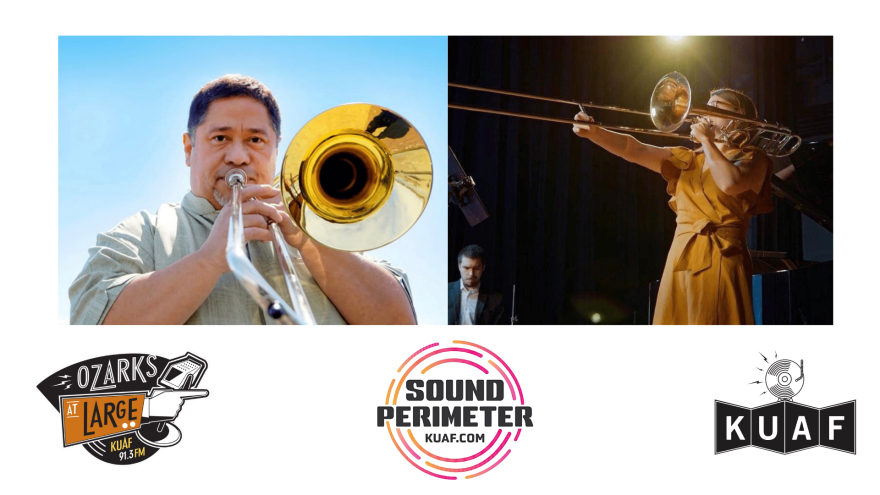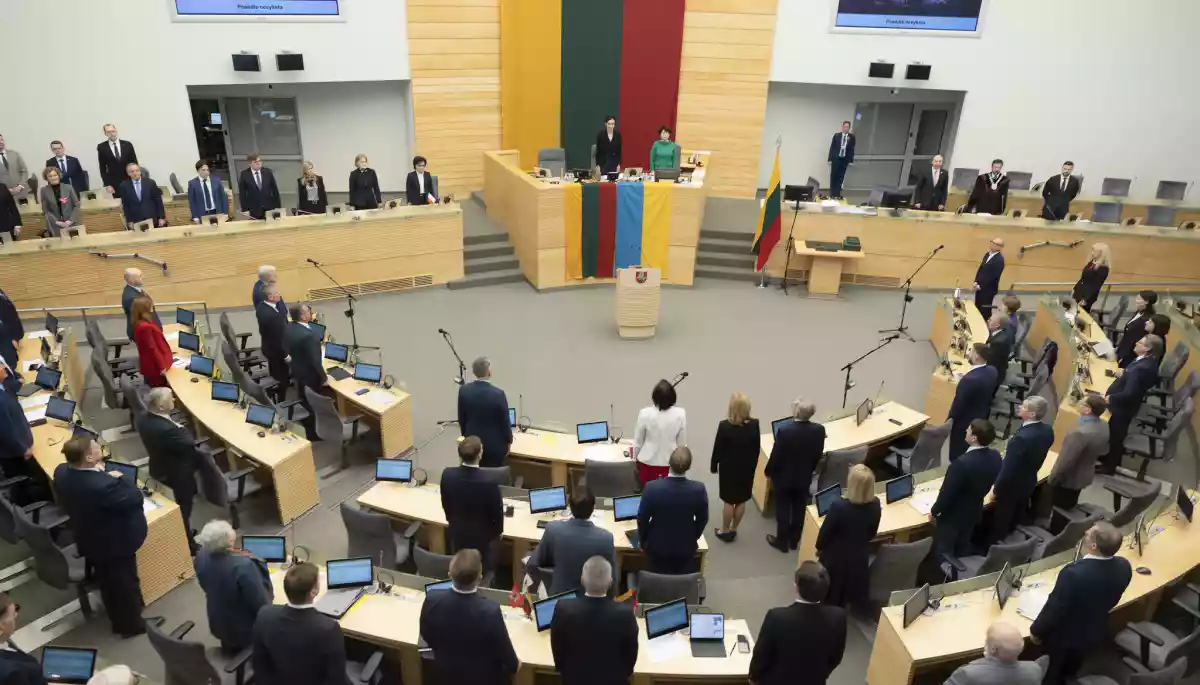The Sound Perimeter Effect: How Music Creates Shared Experiences

Table of Contents
The Power of Synced Emotion
Music possesses an extraordinary ability to trigger similar physiological responses across listeners, forming the bedrock of the Sound Perimeter Effect.
Physiological Responses to Music
- Studies show: Research consistently demonstrates that music affects our heart rate, breathing patterns, and even hormone levels. A study published in Emotion found that listening to emotionally evocative music led to significant changes in heart rate variability, reflecting a shared emotional response among participants. Another study in The Journal of Neuroscience highlighted the brain's synchronization during musical listening.
- Musical elements at play: The tempo, rhythm, and melody of a piece directly influence these physiological reactions. Upbeat tempos often increase heart rate and energy levels, while slower, melancholic melodies can induce feelings of calm or sadness, experienced similarly across the listening group.
Shared Emotional Landscapes
Music’s ability to evoke universal emotions is a crucial aspect of the Sound Perimeter Effect. Regardless of cultural backgrounds or personal experiences, certain songs resonate deeply, creating a shared emotional landscape.
- Universally understood emotions: Songs expressing joy (like "Happy" by Pharrell Williams), sorrow ("Hallelujah" by Leonard Cohen), or nostalgia ("Yesterday" by The Beatles) transcend linguistic and cultural barriers, uniting listeners in a shared emotional space.
- Cultural context matters, but unity remains: While cultural context certainly shapes individual interpretations, the fundamental human capacity for empathy allows for a surprising level of shared emotional response to music. A particular song might evoke slightly different nuances depending on one's background, but the overall feeling of joy, sadness, or excitement is often universally felt.
The Social Glue of Collective Listening
The Sound Perimeter Effect isn't just about individual physiological responses; it's deeply intertwined with social interaction. Collective listening experiences amplify the effect, strengthening social bonds.
Music as a Social Unifier
Live music events epitomize this unifying power.
- Shared feelings in a crowd: Attending a concert, festival, or even a smaller acoustic performance fosters an immediate sense of community. The shared experience of listening to music together creates an invisible bond amongst audience members.
- Non-verbal communication: Singing along, dancing, and even subtle nods of appreciation become shared acts of participation, further cementing this sense of collective experience. The energy generated by the collective is palpable and creates an atmosphere of shared joy.
The Role of Shared Memory
Shared musical experiences often become deeply embedded in our collective memory, acting as powerful social glue.
- Generational markers: Certain songs become markers of specific eras or generations, creating a shared sense of identity and nostalgia for those who experienced them together. Think of iconic songs associated with significant historical events or cultural movements.
- Collective memory through music: These shared musical memories act as powerful social links, uniting individuals through a shared past and fostering a sense of belonging within a group.
The Sound Perimeter Effect in Different Contexts
The power of the Sound Perimeter Effect isn't confined to concerts and personal listening. It plays a significant role in various societal contexts.
Music and Social Movements
Throughout history, music has been a powerful tool for social and political mobilization.
- Protest songs as unifiers: Protest songs, anthems of revolution, and songs expressing social commentary have united people around shared causes, channeling collective anger, hope, or determination.
- Amplifying social messages: Music's ability to convey complex emotions and messages concisely and memorably makes it exceptionally effective in fostering collective action and driving social change.
Music and Rituals
Music is integral to many religious and cultural rituals.
- Cultural and religious traditions: From gospel choirs to traditional Native American chants, music plays a critical role in establishing shared beliefs and practices within communities.
- Ritualistic music creates community: The repetitive structures and emotional intensity of ritualistic music create a heightened sense of shared experience, reinforcing social bonds and collective identity.
Conclusion
The Sound Perimeter Effect powerfully demonstrates music's ability to transcend individual experience, creating synchronized emotions and shared social connections. This occurs through physiological responses to musical elements, the evocation of universal emotions, and the creation of shared memories in collective listening experiences. From concerts to social movements to religious rituals, music serves as a powerful unifier, binding people together. Embrace the power of the Sound Perimeter Effect – experience the magic of shared musical moments. Seek out live music, listen together with friends and family, and rediscover the unifying power of music in your own life.

Featured Posts
-
 Altshkylt Aljdydt Lmntkhb Amryka 3 Njwm Yndmwn Lawl Mrt
May 22, 2025
Altshkylt Aljdydt Lmntkhb Amryka 3 Njwm Yndmwn Lawl Mrt
May 22, 2025 -
 Cau Ma Da Noi Dong Nai Va Binh Phuoc Khoi Cong Thang 6 2024
May 22, 2025
Cau Ma Da Noi Dong Nai Va Binh Phuoc Khoi Cong Thang 6 2024
May 22, 2025 -
 Tigers 8 Rockies 6 Defying Expectations
May 22, 2025
Tigers 8 Rockies 6 Defying Expectations
May 22, 2025 -
 Home Depot Earnings Disappointing Results Tariff Guidance Maintained
May 22, 2025
Home Depot Earnings Disappointing Results Tariff Guidance Maintained
May 22, 2025 -
 Vidmova Nato Priynyati Ukrayinu Shlyakh Do Podalshoyi Rosiyskoyi Agresiyi
May 22, 2025
Vidmova Nato Priynyati Ukrayinu Shlyakh Do Podalshoyi Rosiyskoyi Agresiyi
May 22, 2025
